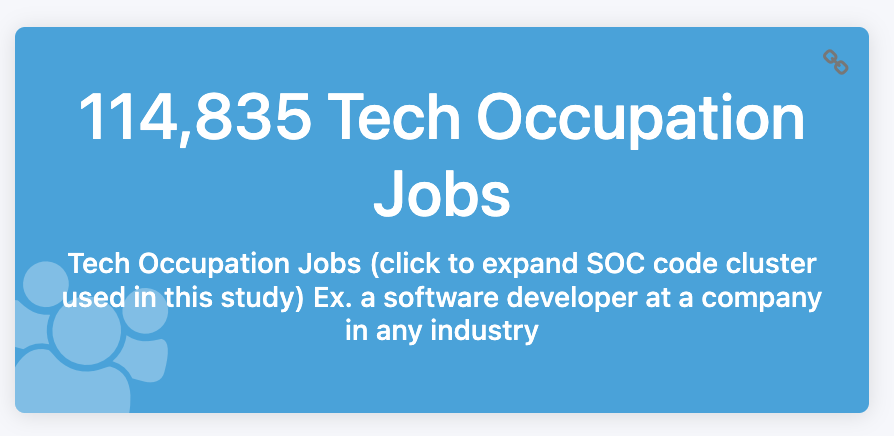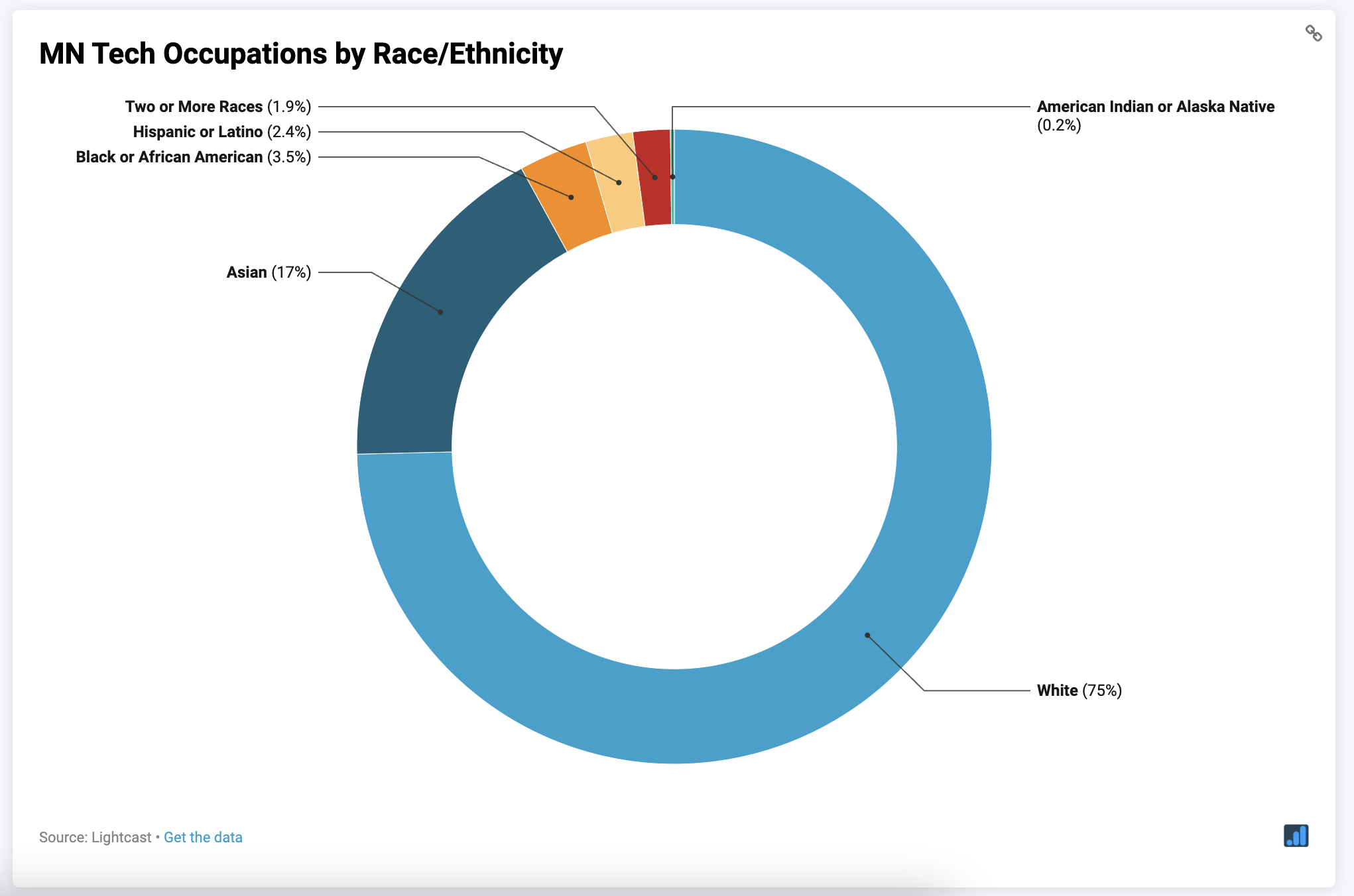By – Joel Crandall, VP of Talent, Minnesota Technology Association
Welcome to our quarterly MnTech Talent blog where we look at the current ‘State of Tech Talent in Minnesota’.
There is still snow on the ground, but Q1 has decided to come to an end. National tech talent focus is riveted on west coast giants like Amazon, Facebook, and Microsoft laying off workers. The headline in Minnesota is more nuanced. Minnesota is seeing a slowing of job postings. There were 8,460 roles posted in February, down about 4,400 from February of last year. This is the lowest monthly total in 5 years, but still evidence of demand. I had the opportunity to join MnTech board member Sharon Kennedy Vickers in a discussion with Angela Davis on MPR about these trends—and about the need to stay focused on tech talent development at the same time, especially with a projected 6.1% increase over the coming 5 years.
Here are 5 other talent trends and headlines from Q1, 2023:
1. MnTech publicly unveils new tech talent tool: MnTech is proud to publicly launch its Tech Talent Dashboard. We have curated this dashboard to educate our members and to spur important conversations amongst all stakeholders in the tech ecosystem. Whether you are a hiring managers ensuring your postings are locally and nationally competitive, an educator developing future tech talent, or a policy maker considering valuable talent investments, we trust you will find the resource beneficial. The data on this dashboard will be regularly updated, and MnTech will be publishing quarterly updates on notable changing trends and demographics in the tech sector.
2. Hiring trends double click: Looking more closely at the dashboard, employers are still facing steep competition for talent in Minnesota, with 2,853 employers posting for tech occupation jobs (ex. a software developer) over the last 12 months. When looking across the 17 most in-demand tech occupations in Minnesota there are currently 114,835 tech occupation jobs, a 9.4% increase over the last 5 years, offering an average salary of $94,093.
-
- Some companies, like Target and U.S. Bancorp, which had previously slowed down on hiring have increased tech job postings by 17% over the last 30 days.
- UnitedHealth Group posted over 900 tech occupation jobs over the last 30 days, evidencing continued strong demand for tech employment.
- Software developers remain the most in-demand tech role in the state, accounting for 26.5% of the total tech workforce. Average salaries for software developers range from $80,799 in the 25th percentile to $130,276 in the 75th percentile. There were on average over the last year 1,683 monthly postings for software developer roles but only 1,235 monthly hires, resulting in a monthly gap of 448 positions.
3. Technologist diversity lags: Minnesota still has a lot of work to do for the tech workforce to reflect Minnesota’s population overall.
- By race or ethnicity, several groups have large inclusion gaps.
- Black or African American: 3.5% of tech workers, 5.8% of Minnesota’s overall population
- Hispanic/Latino: 2.4% of tech workers, 5% of Minnesota’s overall population
- American Indian/Alaska Native: 0.2% of tech workers, 0.5% of Minnesota’s overall population.
- Part of this challenge may be stemming from 75% of job postings for tech occupations requiring a bachelor’s degree which disproportionately excludes people of color from qualifying for positions.
- These gaps continue to tech worker gender makeup as well. For example, for software developers, the largest single occupation represented, 79% of employees are male while only 21% are female, representing a 58% percent gap.
4. Higher ed pathways: Approximately 17% of Minnesota’s tech workforce comes from the University of Minnesota – Twin Cities, with University of St. Thomas coming in second at 5.6%. Still, over the last 10 years, there has not been a major increase in STEM program completions at these institutions with the U of M only seeing a 0.4% increase, and St. Thomas at 1.2%. Computer and Information Sciences and Support Services education programs had 4,529 completers in 2021, well below the 32,801 annual openings for roles with these qualifications.
5. Inspiring new technologists: Minnesota employers cannot expect to see in-demand tech roles filled at the pace of demand with the status quo, and employers, educators, and policy leaders across the state must act now to help address this talent supply challenge in the years to come. One specific need right now is around high school computer science education. Minnesota currently ranks last in the nation in access to high school foundational computer science programs. MnTech is currently championing the Computer Science Education Advancement Act. The bill is currently included in the House version of the omnibus spending bill, but not included at all in the Senate version meaning there would be no funding for even creating a blueprint for Minnesota to improve in this area.
No one action will solve the tech talent challenges we’re facing, these are important building blocks as we strive to equitably double the development of technology talent in Minnesota over the next 10 years.
























